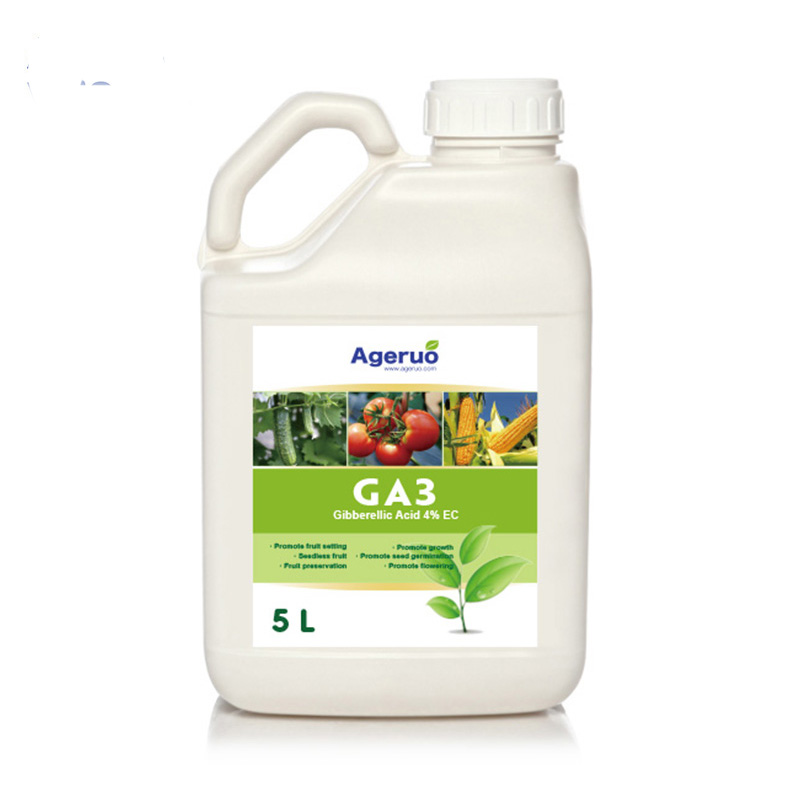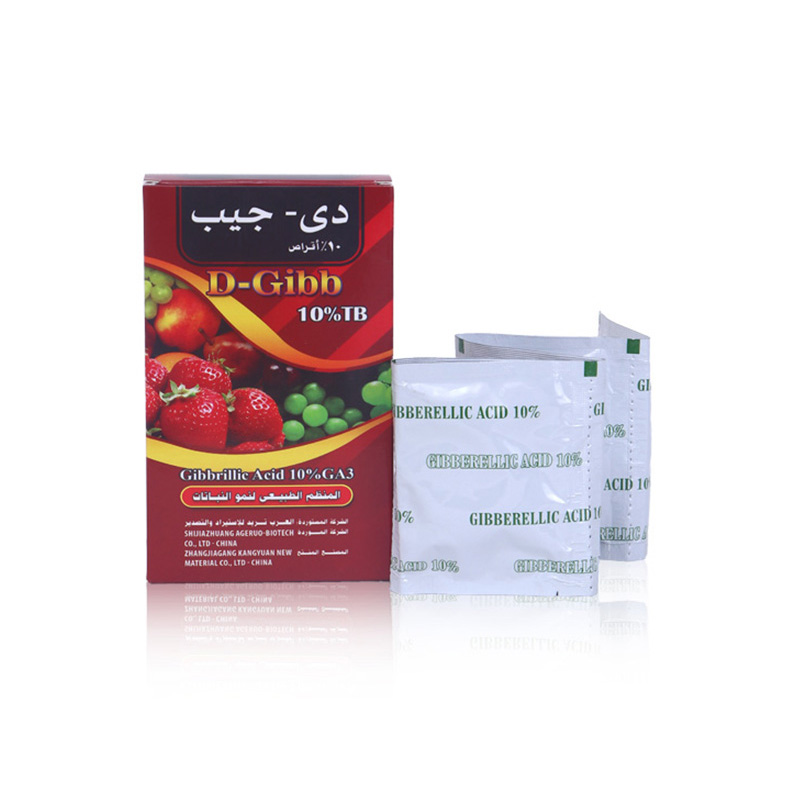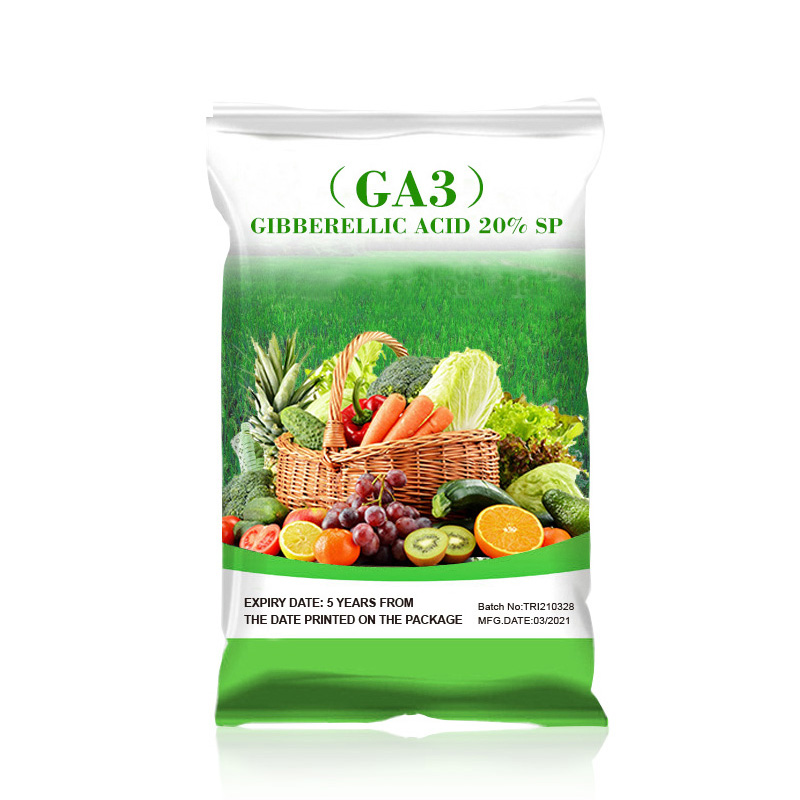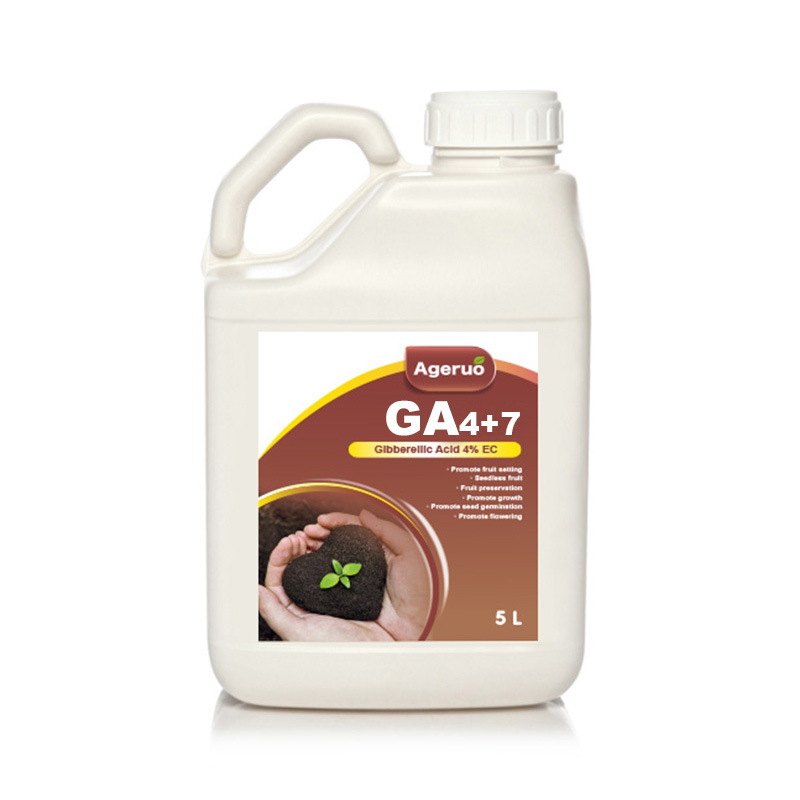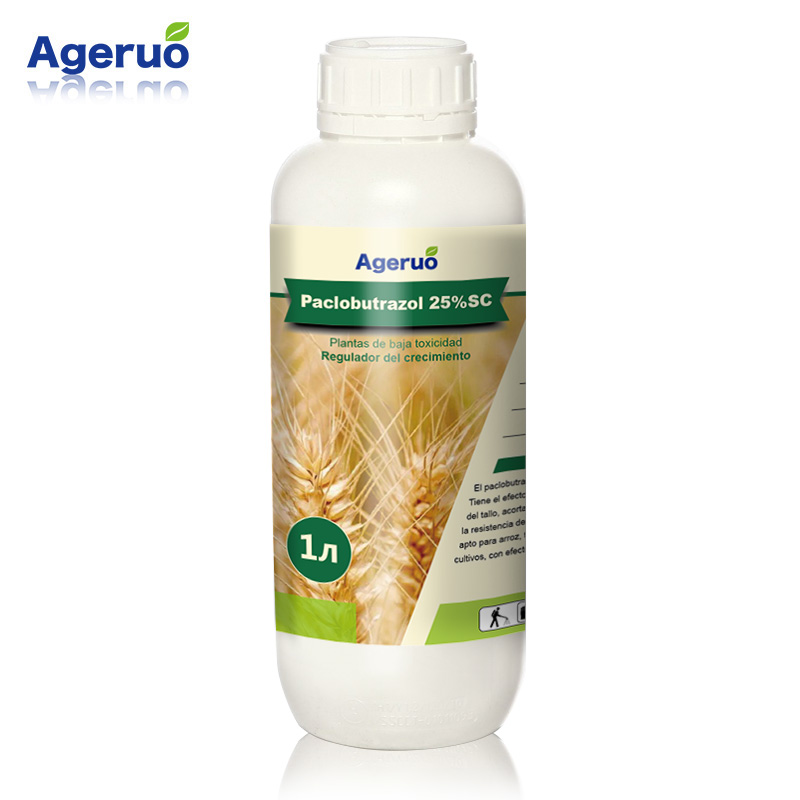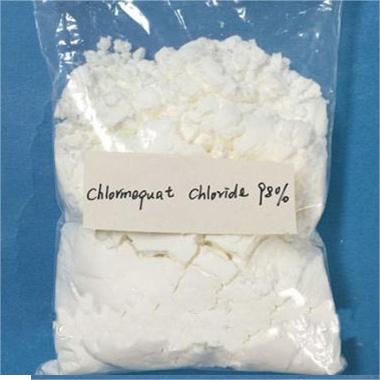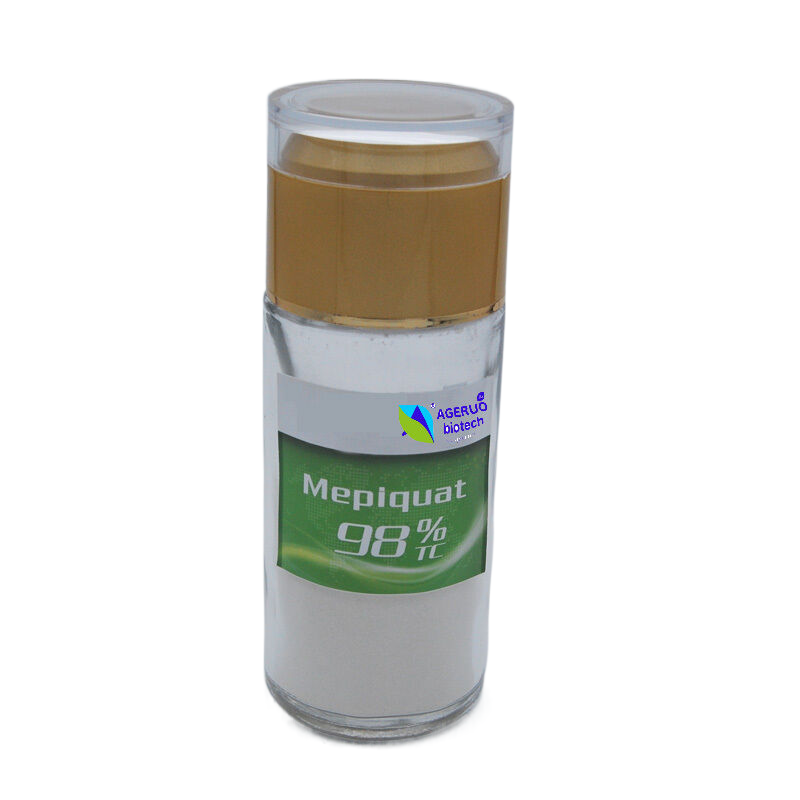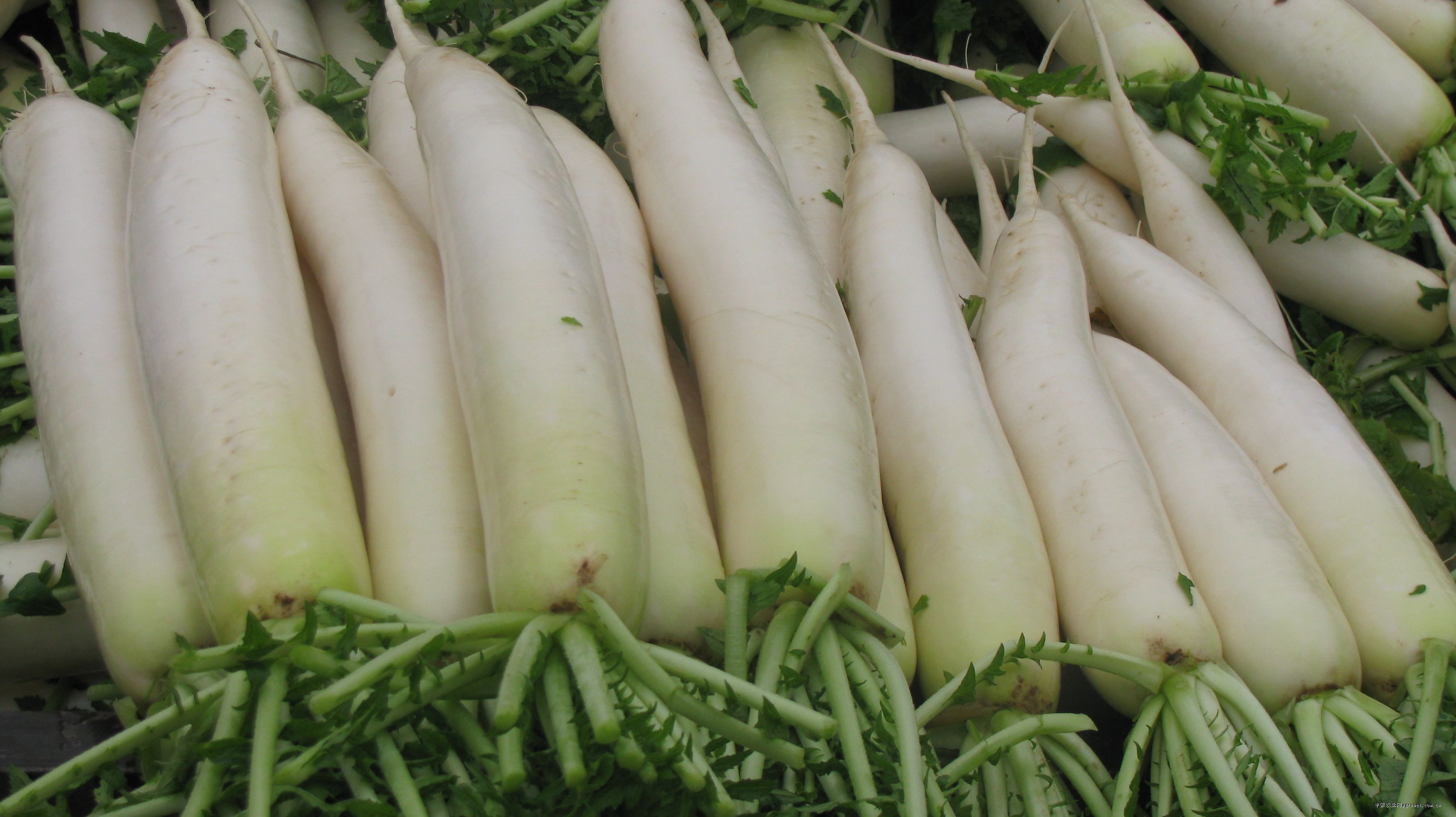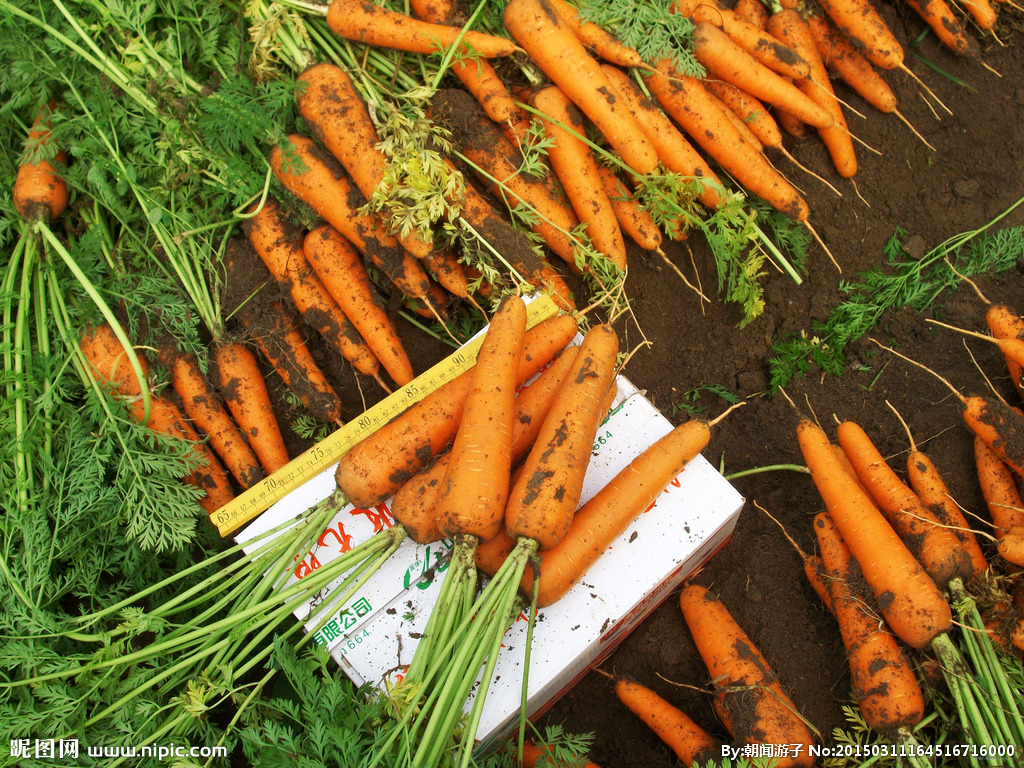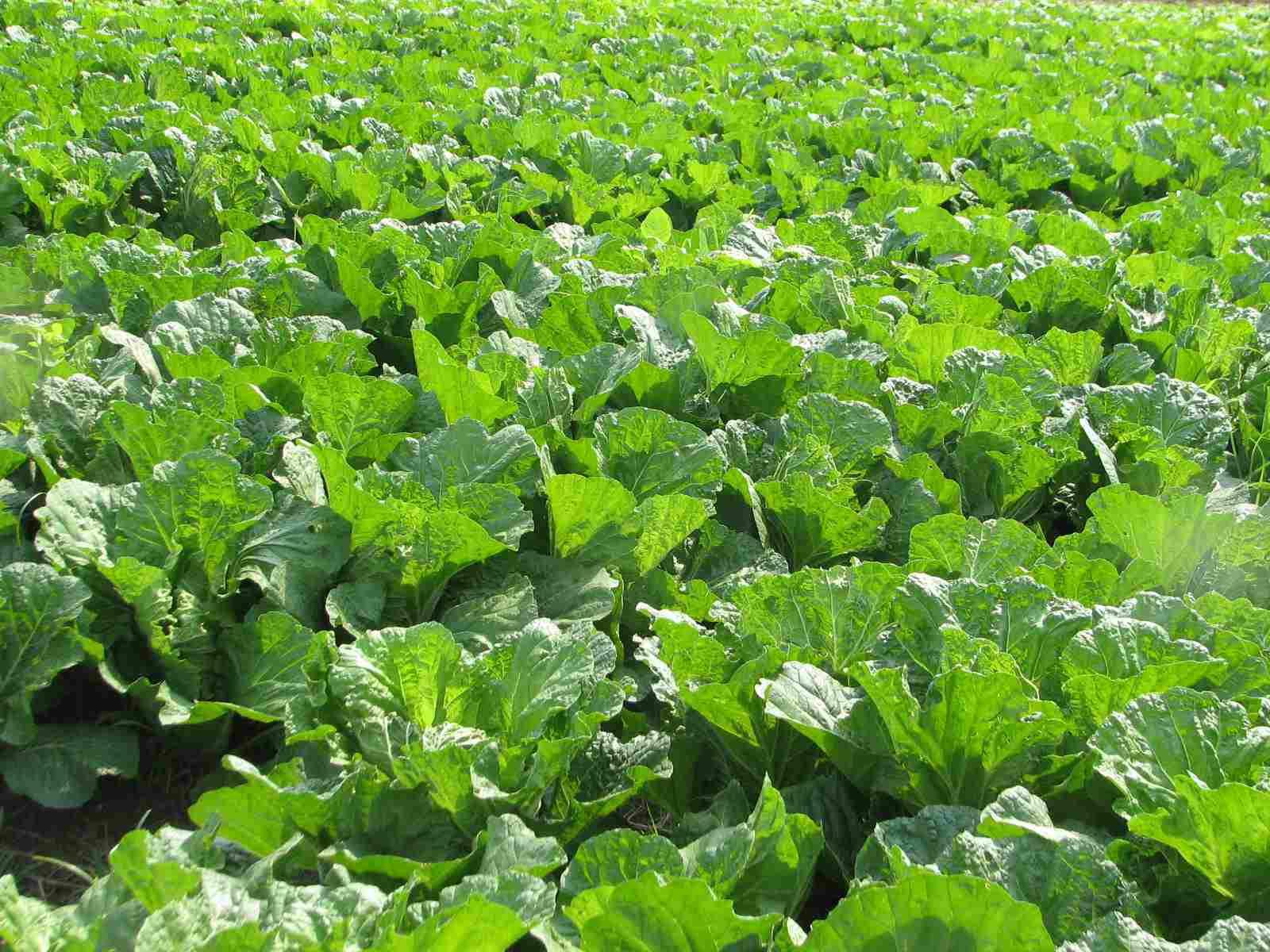What exactly does gibberellin do? do you know?
Gibberellins were first discovered by Japanese scientists when they were studying rice “bakanae disease”. They discovered that the reason why rice plants suffering from bakanae disease grew elongated and yellowed was due to substances secreted by gibberellins. Later, some researchers isolated this active substance from the filtrate of the Gibberella culture medium, identified its chemical structure, and named it gibberellin. So far, 136 gibberellins with clear chemical structures have been identified and named GA1, GA2, GA3, etc. in chronological order. Only a few Gibberellic acids in plants have physiological effects in regulating plant growth, such as GA1, GA3, GA4, GA7, etc.
The rapid growth zone of plants is the main site for the synthesis of gibberellins. Gibberellins act nearby after they are synthesized. Too much gibberellin content will affect the yield and quality of plants. Nowadays, many “anti-gibberellin” plant growth retardants have been developed based on the synthetic characteristics of gibberellins, mainly including: chlormequat, mepifenidium, paclobutrazol, uniconazole, etc.
The main functions of gibberellins are:
1. Promote seed germination: Gibberellin can effectively break the dormant state of plant seeds, tubers, buds, etc. and promote germination.
2. Regulation of plant height and organ size: Gibberellin can not only promote plant cell elongation but also promote cell division, thereby regulating plant height and organ size.
3. Promote plant flowering: Treatment with gibberellins can cause biennial plants that have not been vernalized at low temperature (such as radish, Chinese cabbage, carrots, etc.) to bloom in the current year. For some plants that can bloom under long days, gibberellin can also replace the role of long days to make them bloom under short days.
4. Gibberellin can also stimulate the growth of plant fruits, increase fruit setting rate or form seedless fruits.
5. Gibberellins also have an impact on flower development and sex determination. For dioecious plants, if treated with gibberellin, the proportion of male flowers will increase; for female plants of dioecious plants, if treated with Gibberellic acid, male flowers can be induced.
Precautions
(1) When gibberellin is used as a fruit setting agent, it should be used under conditions of sufficient water and fertilizer; when used as a growth promoter, it should be used in conjunction with foliar fertilizer to be more conducive to the formation of strong seedlings.
(2) Gibberellin is easy to decompose when exposed to alkali. Avoid mixing with alkaline substances when using it.
(3) Because gibberellin is sensitive to light and temperature, heat sources should be avoided when using it, and the solution should be prepared and used immediately.
(4) After gibberellin treatment, the number of infertile seeds increases, so it should not be used in farming fields.
